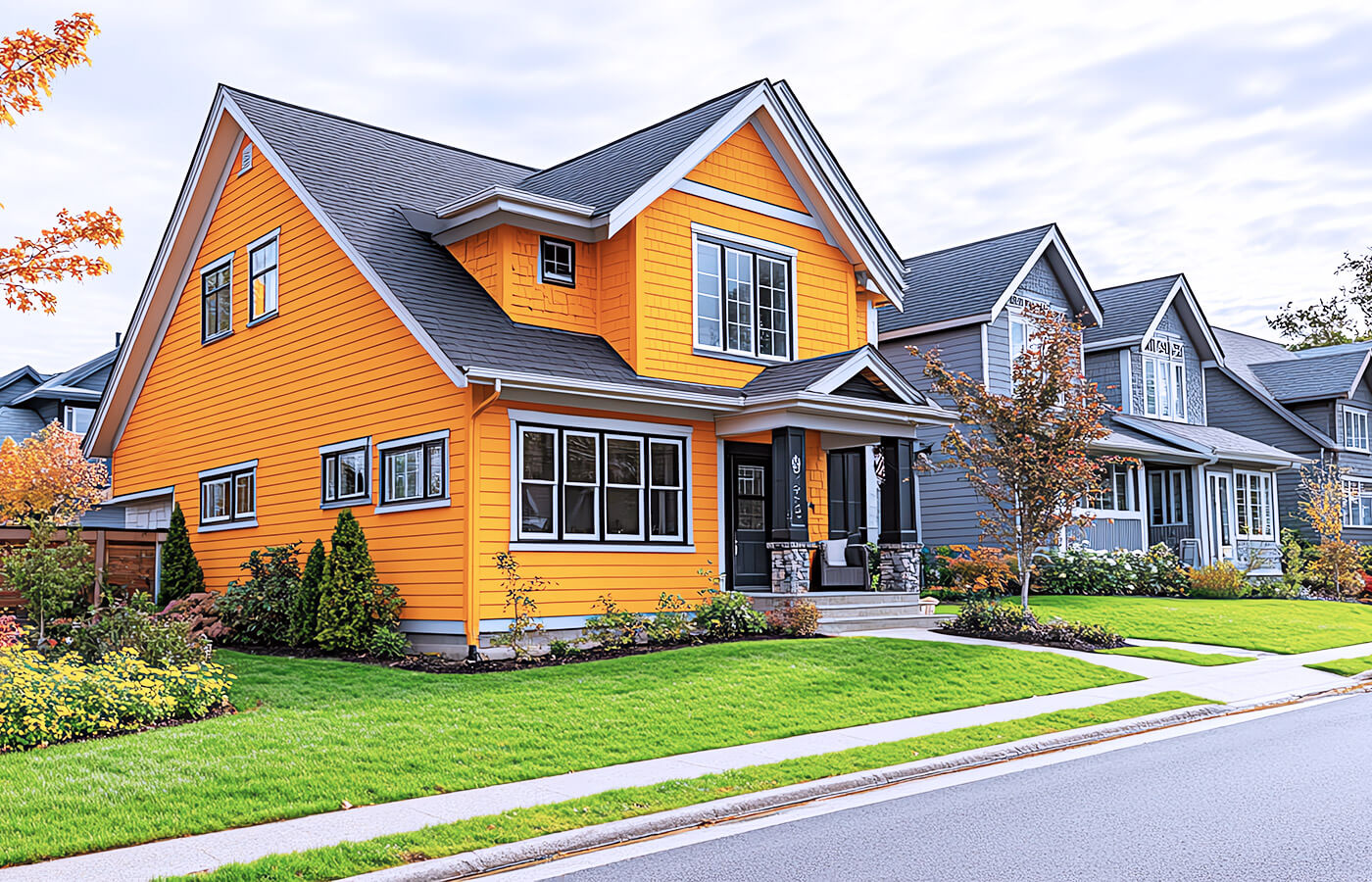Get up-to-date news and real estate reports on buying and selling homes across Collingwood, Clearview, The Blue Mountains, Tiny, and Wasaga Beach.
Pros and Cons of Buying a Fixer-Upper
Transforming a property can be exciting, but fixer-uppers can face challenges that require careful planning to avoid pitfalls.
Read MoreMake Your Home Stand Out in a Competitive Market
Find out how to make your house stand out in a competitive market to sell quickly and secure the top asking price.
Read MoreThe Ultimate Guide to Curb Appeal
Enhancing curb appeal is crucial when selling your house, as it creates a memorable first impression on potential buyers.
Read MoreCurrent Real Estate Market Trends and Future Predictions
Knowing the current state of the real estate market and future trends are essential for investors, homeowners, and industry professionals.
Read MoreThe Art of Home Staging for Vacation Rentals
Home staging vacation rentals is essential for maximizing your property's potential and creating a welcoming atmosphere.
Read MoreBeginners Guide To Real Estate Investing
Real estate investing is a powerful avenue for building wealth, offering unique opportunities for passive income and long-term growth.
Read More





